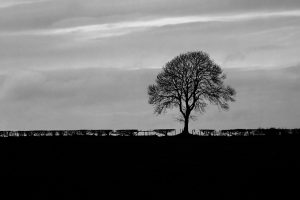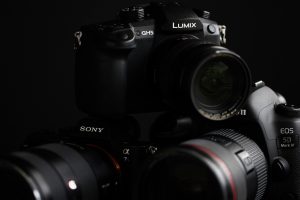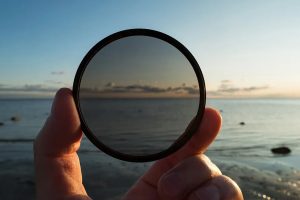Author How Modern Camera Shutters Work | Lensrentals Blog

I’ve been a photographer since high school, and an electrical engineer all of my professional life. The two things came together for a while. From 1989 until the middle of 1995, I worked as an IBM Fellow at the Almaden Research laboratory south of San Jose, CA. For those six years, my principal area of research was color management, color processing for digital photography, and color transformations such as gamut mapping. At other times in my career, I researched speech recognition and speech bandwidth compression and developed data acquisition and process control computer systems, telephone switching systems, and data communication systems.
I retired in 2000, and for the last 22 years when I’m not serving on NFP boards unrelated to photography, I’ve been spending most of my free time making photographs.
Equipment
By Jim Kasson
There seems to be some confusion on the issue of how modern camera shutters work. I’m going to try to clear some of that up in this post. Some caveats: There are variations among camera manufacturers that I’m going to gloss over. This applies to CMOS sensors that employ at least one analog-to-digital converter per […]
Geek Articles
By Jim Kasson
I live near Carmel, California. The photographic history of this place is freighted with an approach to image-making called previsualization. Ansel Adams wrote about visualization, which he defined as “the ability to anticipate a finished image before making the exposure”. Minor White later distinguished between what he called “pre-visualization”, or visualization before the negative is exposed, […]
Geek Articles
By Jim Kasson
In the last 10 or 12 years, I’ve owned and made many images with APS-C (with crop factors between 1.3 and 1.5), full frame (FF), and 33×44 (MF, or crop MF, depending on your level of precision – and maybe your agenda). During that time, I’ve also used larger MF cameras and a 72×96 mm […]
Geek Articles
By Jim Kasson
This is Part 2 of an article published last week. For the best understanding, please read part one by clicking here. Last week, we talked a bit about how the camera exposes raw files and used an analogy of rainwater and buckets to explain that. Today, we’re going to dive into the topic more and […]
Geek Articles
By Jim Kasson
Throughout the two-century history of photography, the subject of exposure has been repeatedly addressed and hotly debated. In the film era, people talked about exposure and B&W’s negative development in two ways. At first, when most of the photography was done with sheets and plates, it was “expose for the shadows, develop for the highlights”, […]





